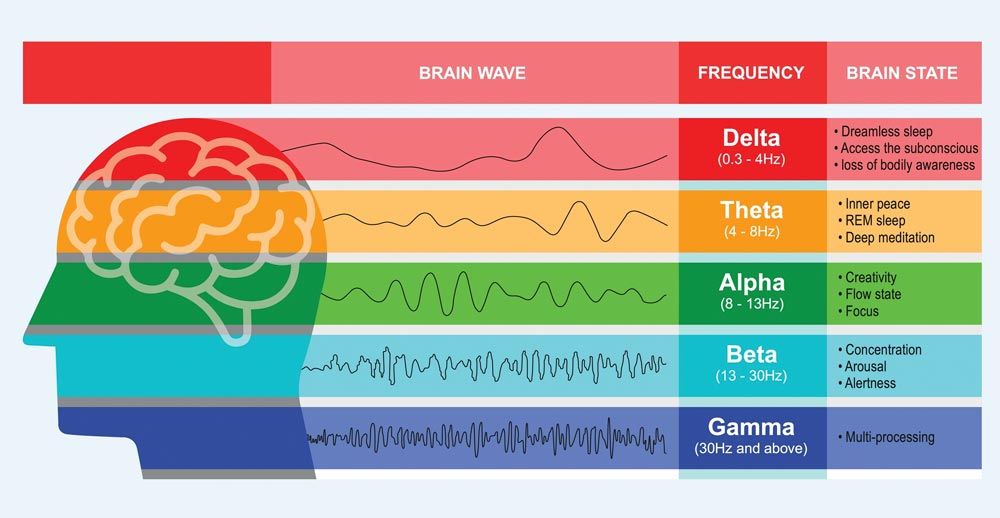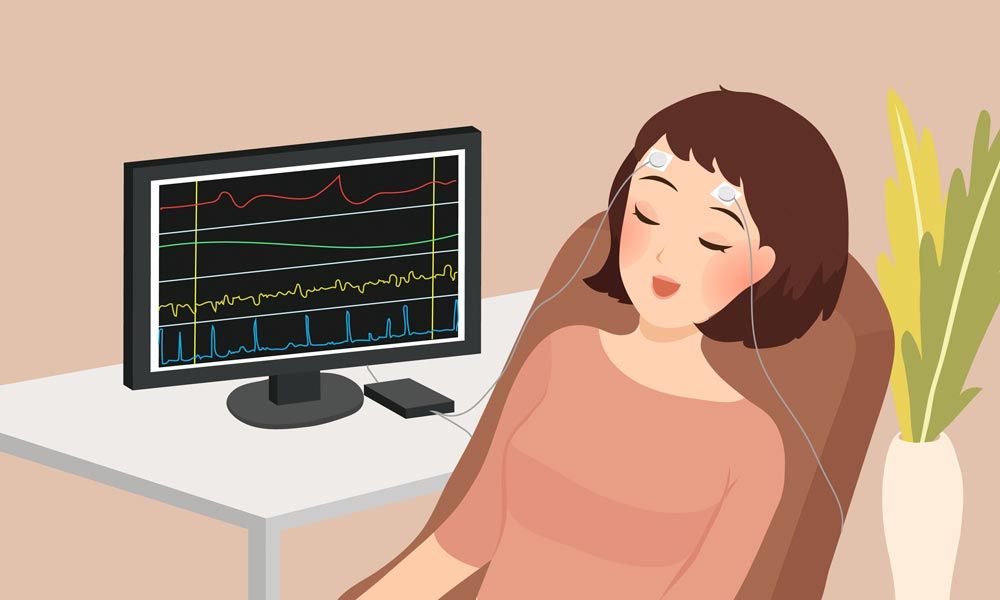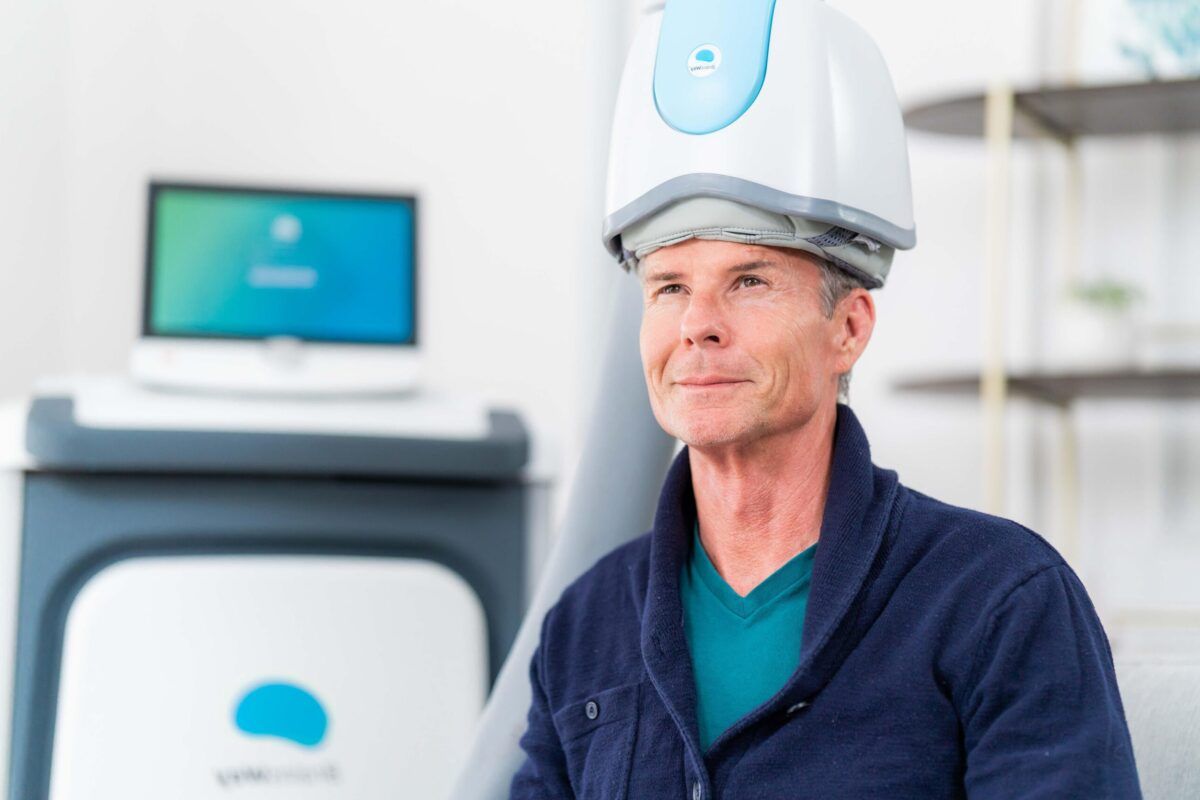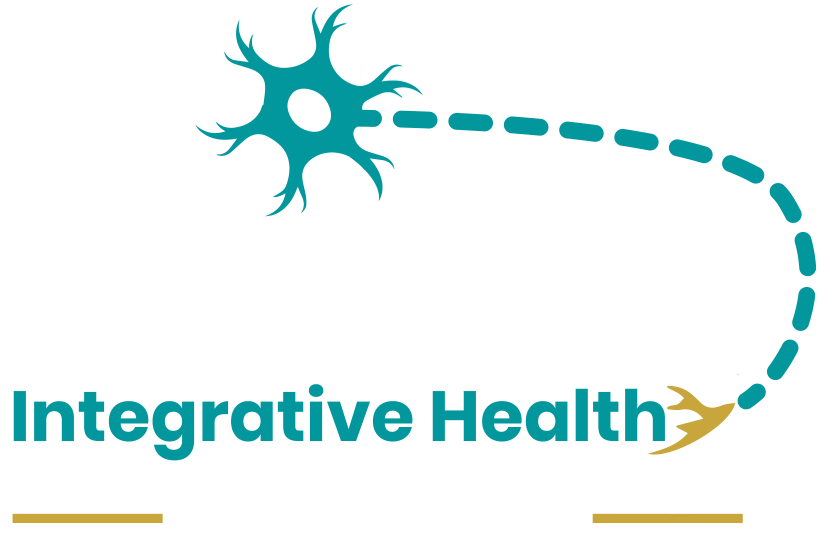Revolutionary Mental Health Care in Cherry Creek, Cherry Hills Village, and South Denver
In the realm of mental health and performance enhancement, the field of neurofeedback has emerged as a groundbreaking therapy that harnesses the power of the brain to address a wide range of conditions. Among the cities at the forefront of this innovative approach is Denver, where a growing number of individuals are discovering the transformative potential of neurofeedback in overcoming anxiety, depression, sleep disturbances, OCD, ADHD, and even enhancing performance in various domains.
What is Neurofeedback?
Neurofeedback, also known as EEG biofeedback, is a non-invasive technique that enables individuals to regulate their brainwave patterns by providing real-time feedback on their brain activity. This cutting-edge therapy involves measuring brainwave activity using an electroencephalogram (EEG) and providing this information to the individual through visual, auditory, or tactile cues. By observing their brainwave patterns in real time, individuals can learn to self-regulate and optimize their brain function.
What can neurofeedback help?
Anxiety and depression are two of the most prevalent mental health conditions affecting millions of people worldwide. Neurofeedback has shown promising results in reducing symptoms and improving emotional well-being in individuals struggling with these conditions. By training the brain to produce more balanced and coherent brainwave patterns, neurofeedback helps individuals achieve a state of relaxation, reduces anxiety, and lifts mood. Through repeated sessions, the brain learns to sustain these positive patterns even outside the therapy sessions, leading to long-lasting improvements.
Sleep disturbances are another common issue that can significantly impact an individual’s overall well-being and daily functioning. Neurofeedback offers a drug-free alternative for improving sleep quality and addressing insomnia, sleep apnea, and other sleep-related problems. Neurofeedback can help regulate sleep-wake cycles and promote a rejuvenating night’s sleep by promoting healthy brainwave patterns associated with deep relaxation and restful sleep.
Obsessive-Compulsive Disorder (OCD) can be a debilitating condition characterized by intrusive thoughts and repetitive behaviors. Neurofeedback has demonstrated effectiveness in reducing OCD symptoms by helping individuals gain better control over their brain activity. By targeting specific brainwave patterns associated with OCD, such as excessive theta and beta waves, neurofeedback helps individuals learn to self-regulate and decrease their symptoms, providing a renewed sense of freedom and relief.
Attention Deficit Hyperactivity Disorder (ADHD) is a neurodevelopmental disorder that affects both children and adults, causing difficulties in concentration, impulsivity, and hyperactivity. Neurofeedback has emerged as a valuable adjunctive treatment for ADHD, offering individuals a way to enhance their attentional abilities and self-regulation skills. By training the brain to produce more optimal brainwave patterns associated with focus and attention, neurofeedback helps individuals improve their attention span, impulse control, and overall cognitive function.
In addition to its applications in mental health, neurofeedback has also gained attention as a tool for enhancing performance in various domains. Athletes, musicians, executives, and students alike have turned to neurofeedback to sharpen their focus, boost cognitive abilities, and optimize their performance. By training the brain to enter states of heightened focus and relaxation, individuals can unlock their full potential and perform at their best.
Neurofeedback in the Denver area at Axon Integrative Health
Denver has become a hub for neurofeedback therapy, with numerous clinics and practitioners offering this cutting-edge treatment. Professionals in the field utilize state-of-the-art equipment and customize treatment protocols to address individual needs. Neurofeedback sessions typically involve multiple sessions over a period of several weeks or months, allowing the brain to learn and integrate new patterns of functioning.
It’s important to note that while neurofeedback has shown promising results, it is not always a standalone treatment and may be used in conjunction with other therapeutic interventions when necessary. As with any medical or therapeutic approach, it is advisable to consult with a qualified healthcare professional or licensed practitioner to determine if neurofeedback is suitable for your specific needs.
Neurofeedback is revolutionizing the way we approach mental health and performance enhancement, and Denver is at the forefront of this exciting field. By harnessing the power of the brain and promoting self-regulation, neurofeedback offers hope to those suffering from anxiety, depression, sleep disturbances, OCD, ADHD, and those seeking to optimize their performance. As our understanding of the brain continues to advance, neurofeedback promises to play an increasingly pivotal role in transforming lives and unleashing the full potential of the human mind.
What do my brainwaves say about me?

Welcome to the fascinating world of brainwave frequencies, the rhythmic electrical patterns generated by the complex activity of our brains. These brainwaves, also known as neural oscillations, are categorized into distinct frequency bands, each associated with specific mental states and cognitive functions.
Beta Waves (12-30 Hz): At the higher end of the frequency spectrum, beta waves are typically observed when our minds are alert and engaged in active, focused thinking. They are associated with concentration, problem-solving, and critical reasoning, making them prevalent during periods of intense mental activity, such as work or studying.
Alpha Waves (8-12 Hz): As we begin to relax and close our eyes, our brain shifts into alpha waves. These are often connected to a state of calm wakefulness and a relaxed mind. Alpha waves are commonly experienced during meditation, daydreaming, or even light creative activities. They facilitate a sense of tranquility and can enhance overall mental clarity.
Theta Waves (4-8 Hz): Theta waves are present during deep relaxation and light sleep, often appearing when we’re in the transitional state between wakefulness and slumber. This state is connected to enhanced creativity, visualization, and access to our subconscious mind. Theta waves are crucial for memory consolidation and emotional processing.
Delta Waves (0.5-4 Hz): At the lowest end of the spectrum, delta waves are observed during deep sleep and dreamless rest. These slow, powerful waves are essential for physical and mental rejuvenation, as they facilitate healing, growth, and regeneration. Delta waves are associated with profound relaxation and the release of stress and tension.
Gamma Waves (30-100 Hz): Among the highest and fastest brainwave frequencies, gamma waves are still being extensively researched. They are believed to be connected to the process of information binding, where different brain regions work together in synchrony to process complex information. Gamma waves are associated with heightened perception, learning, and moments of insight.
Understanding brainwave frequencies opens up a new realm of possibilities for enhancing mental performance, relaxation, and overall well-being. Researchers continue to explore the various ways in which these frequencies impact our lives, from improving focus and memory to promoting deeper states of meditation and sleep. By harnessing the power of brainwave frequencies, we can unlock our full cognitive potential and achieve greater harmony between mind and body.
How does neurofeedback work?
Neurofeedback works through a process called operant conditioning, which is a type of learning in which behavior is modified by the consequences that follow it. The fundamental principle of neurofeedback is that the brain can learn to self-regulate and optimize its activity based on feedback received from real-time monitoring of its own electrical patterns (brainwaves).
There are several key factors that contribute to why neurofeedback is effective:
- Neuroplasticity: The brain’s remarkable ability to reorganize and adapt its structure and function based on experience is known as neuroplasticity. When an individual engages in neurofeedback training and receives feedback on their brainwave activity, the brain can gradually form new neural connections and pathways to achieve the desired brainwave patterns. Over time, this leads to improved self-regulation and greater control over brain function.
- Reinforcement and Reward: The feedback provided during neurofeedback sessions serves as a reward for the brain. As the individual successfully produces the desired brainwave patterns, they receive positive feedback, such as visual or auditory cues, which act as reinforcements. This process strengthens the neural circuits associated with the desired brainwave frequencies, making it more likely for the brain to naturally replicate those patterns outside of the training sessions.
- Self-Awareness and Mindfulness: Neurofeedback fosters increased self-awareness as individuals learn to observe and regulate their brainwave activity consciously. This heightened awareness can extend beyond the training sessions and into daily life, helping individuals recognize when they might be experiencing heightened stress or distraction, and empowering them to apply the self-regulation techniques they have learned.
- Targeted Brainwave Patterns: Neurofeedback is tailored to target specific brainwave frequencies associated with particular mental states or cognitive functions. By training the brain to produce specific patterns (e.g., increasing alpha waves for relaxation), individuals can experience improvements in corresponding areas such as stress reduction or enhanced focus.
- Individualized Approach: Neurofeedback protocols can be customized based on an individual’s unique brainwave patterns and specific goals. This individualized approach allows for personalized training, which may yield more effective results compared to one-size-fits-all interventions.
What does a typical neurofeedback session look like?
- Brainwave Monitoring: Sensors are placed on the individual’s scalp to measure their brainwave activity through an electroencephalogram (EEG). The EEG records the electrical signals produced by the brain, representing different brainwave frequencies (e.g., alpha, beta, theta, delta, and gamma).
- Feedback Presentation: The EEG data is processed by a computer software program, which translates the brainwave activity into visual, auditory, or tactile feedback. This feedback can be presented in the form of visual displays, sounds, or even games.
- Self-Regulation: The individual receives immediate feedback based on their brainwave patterns. For example, they may be asked to increase the display of a specific brainwave frequency associated with relaxation or focus. Through trial and error, the individual learns to consciously modify their brainwave activity to achieve the desired state.
- Reinforcement and Learning: As the individual successfully alters their brainwave activity to match the desired patterns, they are rewarded with positive feedback, such as the game progressing or the sounds becoming more soothing. This reinforcement helps reinforce the neural pathways associated with the targeted brainwave patterns.
What is neurofeedback good for?
- Mental Performance: Enhancing focus, attention, and cognitive abilities in athletes, students, and professionals.
- Stress Reduction: Promoting relaxation and stress management by increasing alpha and theta brainwaves associated with calmness.
- Emotional Regulation: Assisting individuals with anxiety, depression, or mood disorders to better regulate their emotions by optimizing brainwave patterns.
- ADHD and Learning Disorders: Aiding children and adults with attention deficit hyperactivity disorder (ADHD) or learning disabilities to improve attention and concentration.
- Sleep Disorders: Facilitating better sleep by optimizing brainwave patterns related to sleep and relaxation.
Does neurofeedback work? Here are some success stories
Neurofeedback has been applied in various contexts and has shown promising results in helping individuals overcome challenges and improve their well-being. Here are some examples of neurofeedback success stories:
ADHD and Focus Enhancement:
A 10-year-old boy diagnosed with attention deficit hyperactivity disorder (ADHD) struggled with focus, impulsivity, and academic performance. After undergoing a course of neurofeedback training targeting enhanced focus and self-regulation, he showed significant improvements in attention span, impulse control, and overall classroom behavior. His grades improved, and teachers reported a noticeable positive change in his ability to concentrate and participate in class activities.
Anxiety and Stress Reduction:
A 30-year-old woman experiencing chronic anxiety and stress sought neurofeedback therapy to manage her symptoms without medication. Through neurofeedback sessions aimed at increasing alpha brainwave activity associated with relaxation, she reported a reduction in anxiety levels and a greater sense of calm in her daily life. With continued training, she learned to recognize triggers and employ self-regulation techniques to cope with stress more effectively.
Peak Performance in Sports:
An elite athlete looking to enhance performance and mental resilience sought neurofeedback to optimize their cognitive abilities on the field. Neurofeedback training targeting optimal focus and mental clarity helped the athlete achieve a state of “flow” during competition, leading to improved decision-making, faster reaction times, and better overall performance in their sport.
PTSD and Trauma Recovery:
A military veteran struggling with post-traumatic stress disorder (PTSD) and trauma-related nightmares sought an alternative to traditional therapies. Neurofeedback sessions targeting the reduction of hyperarousal brainwave patterns (e.g., beta waves) and promoting relaxation (e.g., alpha and theta waves) led to a reduction in PTSD symptoms, improved sleep quality, and a greater sense of emotional resilience.
Insomnia and Sleep Disorders:
A middle-aged individual suffering from chronic insomnia and difficulty falling asleep tried neurofeedback to improve sleep quality naturally. By training their brain to produce more theta and delta brainwaves associated with deep sleep, the individual reported falling asleep faster, experiencing fewer nighttime awakenings, and feeling more refreshed upon waking.
Cognitive Rehabilitation after Brain Injury:
A person recovering from a traumatic brain injury (TBI) used neurofeedback as part of their cognitive rehabilitation program. By targeting specific brainwave patterns linked to memory, attention, and problem-solving, the individual saw improvements in cognitive functions and regained lost abilities more rapidly.
Research showing effectiveness
A publishing in Nature, known as one of the “big 3” scientific journals, from December 2016 titled “Closed-loop brain training: the science of neurofeedback” describes the following:
Neurofeedback is a type of biofeedback in which neural activity is measured and presented through one or more sensory channels to the participant in real time to facilitate self-regulation of the putative neural substrates that underlie a particular behavior or pathology
Animal and human brain self-regulation has been demonstrated using various invasive and non-invasive recording methods and with different features of the brain signals, such as frequency spectra, functional connectivity or spatiotemporal patterns of brain activity
Neurofeedback provides the possibility of endogenously manipulating brain activity as an independent variable, making it a powerful neuroscientific tool
Neurofeedback training results in specific neural changes relevant to the trained brain circuit and the associated behavioral changes. These changes have been shown to last anywhere from hours to months after training and to correlate with changes in gray and white matter structure
The underlying neural circuitry relating to the process of brain self-regulation is becoming clearer. Accumulating evidence suggests the involvement of the thalamus and the dorsolateral prefrontal, posterior parietal and occipital cortices in neurofeedback control, and the dorsal and ventral striatum, anterior cingulate cortex and anterior insula in neurofeedback reward processing
Sitaram, R., Ros, T., Stoeckel, L. et al. Closed-loop brain training: the science of neurofeedback. Nat Rev Neurosci 18, 86–100 (2017). https://doi.org/10.1038/nrn.2016.164







